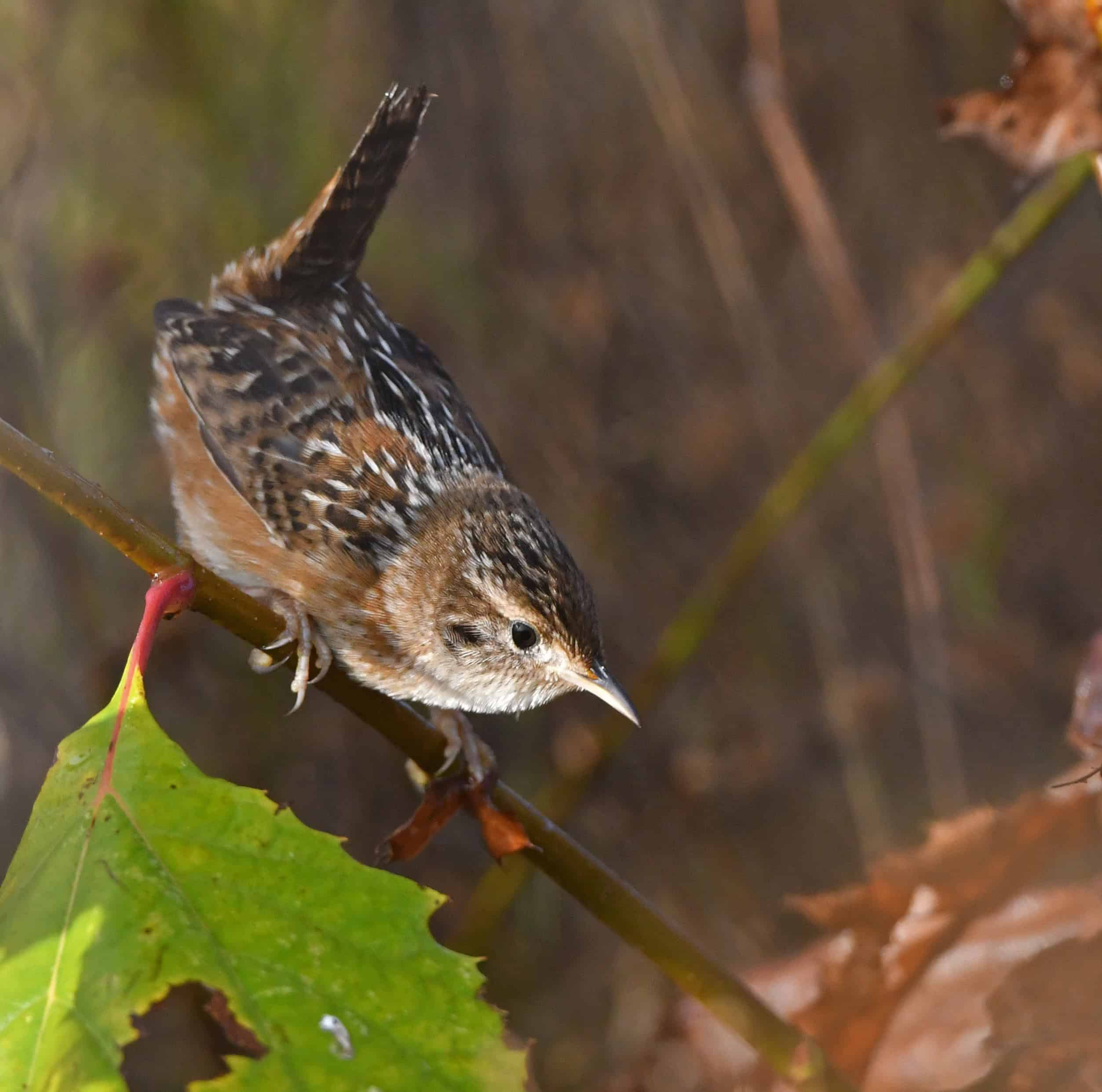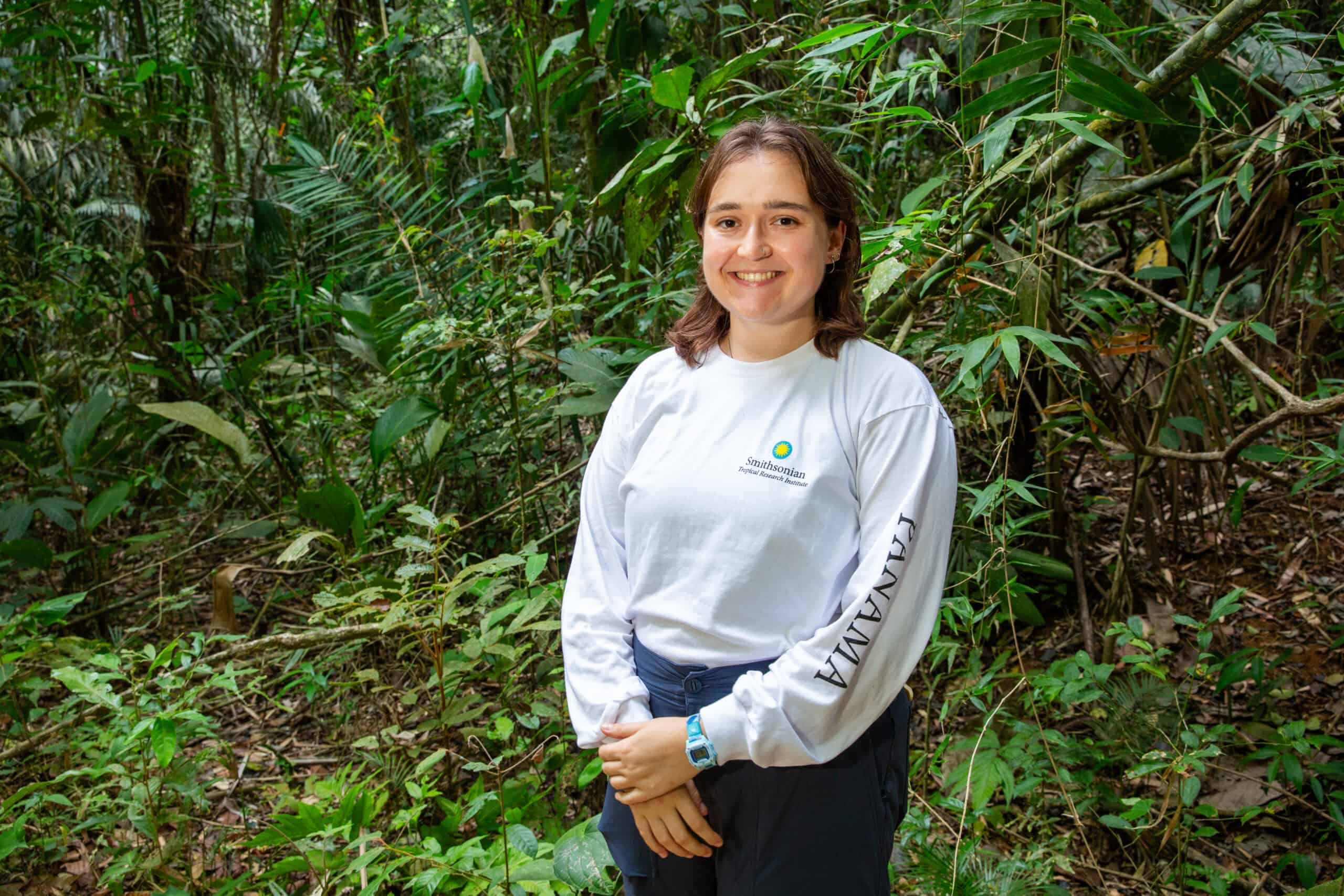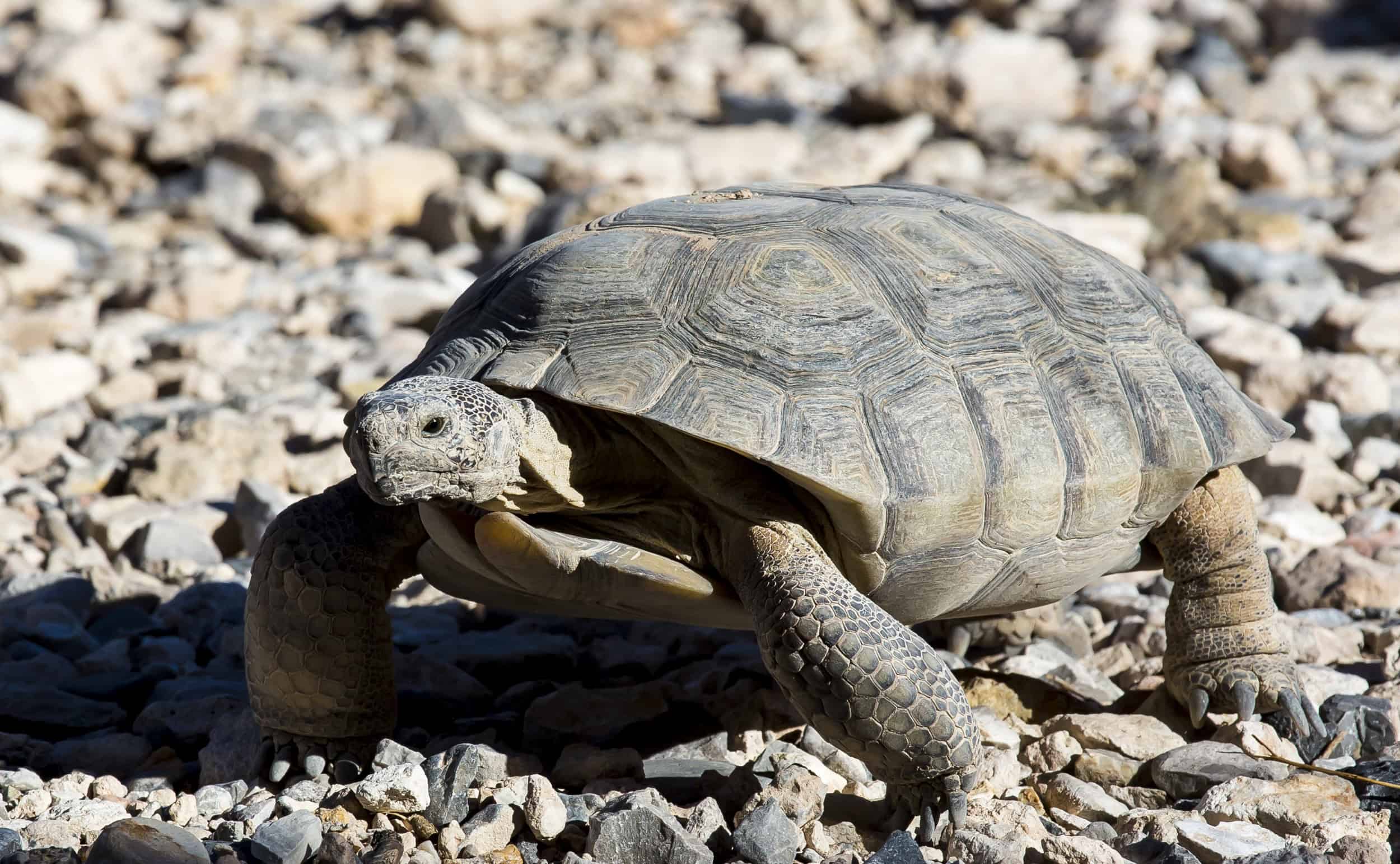Share this article
TWS Position Statement: Invasive Species
Back to Position Statements page
Invasive species present unique challenges for wildlife management. The Wildlife Society defines an invasive species as a plant or animal species (including feral species) that is nonnative, whose introduction to a novel area was facilitated by humans, and that causes or is likely to cause ecological or economic harm.
Humans intentionally and unintentionally facilitate the spread of species to areas outside of their native ecosystems around the world. Wildlife species are purposefully released to enhance hunting, fishing, and wildlife viewing opportunities. Wildlife are also imported for the pet industry, and pets are sometimes released or escape into novel ecosystems. Plant species have been intentionally introduced as ornamentals, as pasture for livestock, and for erosion prevention. Humans also unintentionally spread species via shipments of cargo, as hitchhikers on outdoor recreational gear, vehicles and watercraft, and as stowaways in the ballast water of large ships. Most species moved by these pathways do not become invasive, but those that do can have serious negative effects.
Impacts by invasive species vary widely depending on the species and ecosystem(s) involved, and include negative effects on biological diversity, ecosystem productivity, environmental integrity, wildlife health and human health, property, safety, and culture. Invasive species can negatively affect native species through direct competition and predation, habitat alteration and degradation, and disease transmission. Additionally, invasive species cause significant economic harm to society, for example, by influencing agricultural production, water treatment efforts, and recreational opportunities.
Cumulative effects of invasive species are substantial and can be difficult and expensive to remedy. After control or removal of invasive species, recovery of native ecosystems will take time and may require management actions, depending on the type, intensity, and duration of the disturbance.
Considering the above, the policy of The Wildlife Society regarding invasive species is to:
- Oppose the introduction or maintenance of invasive species to maintain native biological diversity, and to support ecosystem integrity, resilience, and function.
- Encourage the enactment, implementation, and enforcement of laws and regulations focused on preventing introduction, controlling spread, and eradicating invasive species.
- Encourage land and resource management agencies to prioritize management for native wildlife and plants and encourage the removal of invasive species on public or private lands.
- Critically evaluate and consider the potential effects (positive and negative) of intentional movement of plants and animals for reasons such as imperiled species’ management, as biological control agents, and for other conservation strategies.
- Encourage programs to monitor and evaluate current and potential invasive species to inform and target future management strategies, especially prioritizing those that include the key elements of prevention, early detection, rapid response, containment of spread, and eradication where possible.
- Support the sharing of technical data and encourage cooperation among agencies and other partners to improve efforts to control and eradicate invasive species.
- Support cost-effective control and eradication programs for invasive species that exhibit timely results without sustaining or causing long-term ecological harm. Encourage governing agencies, including tribal entities, in their efforts to strategically prioritize species and sites based on an assessment of ongoing and potential threats, opportunities to engage, and expectation of positive results.
- Encourage and support increased funding for scientific research and education to control, minimize, or eradicate invasive species and their negative impacts.
Approved by Council June 2021.








